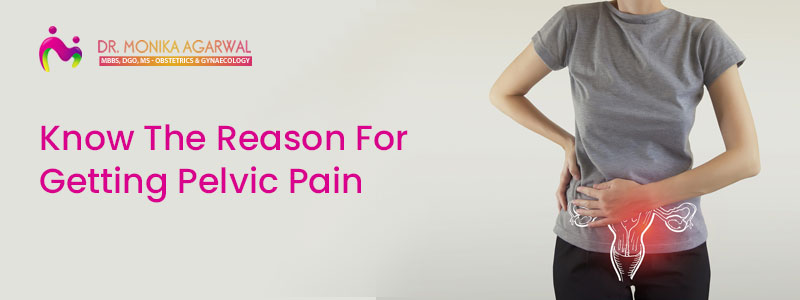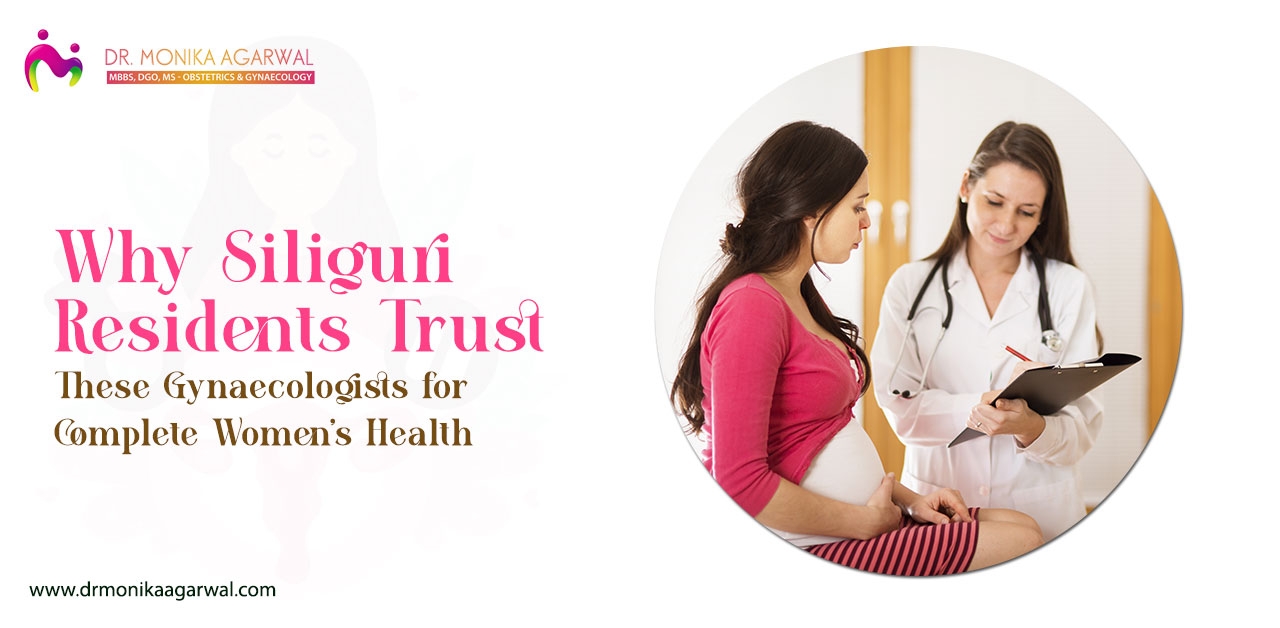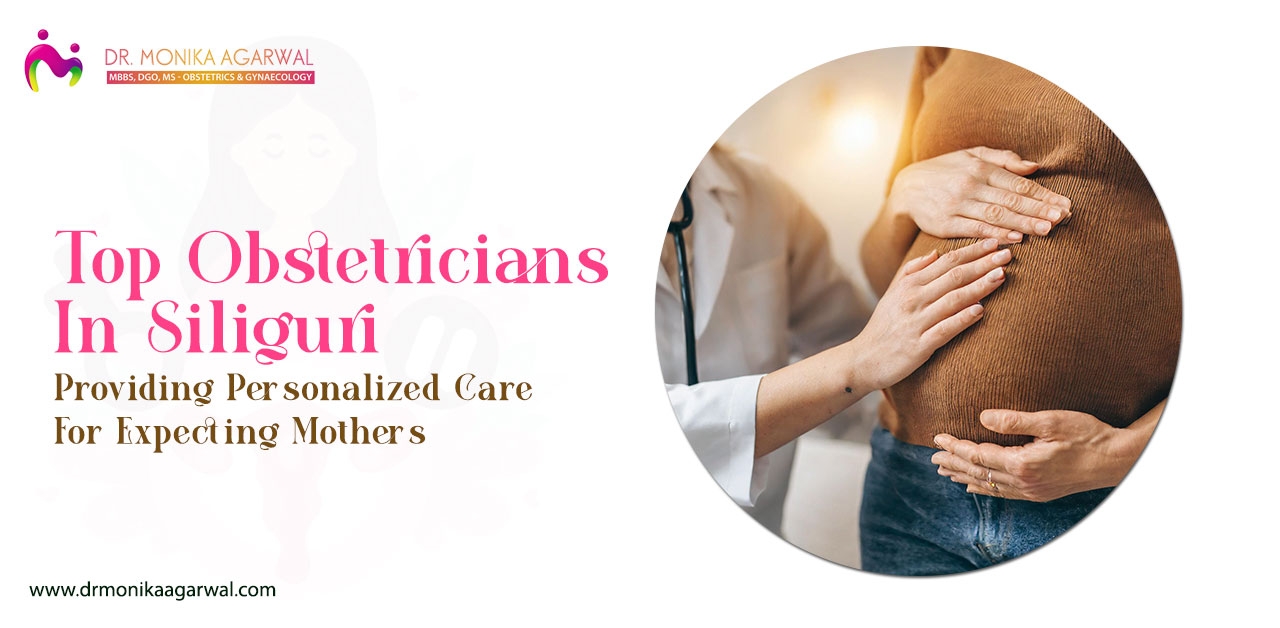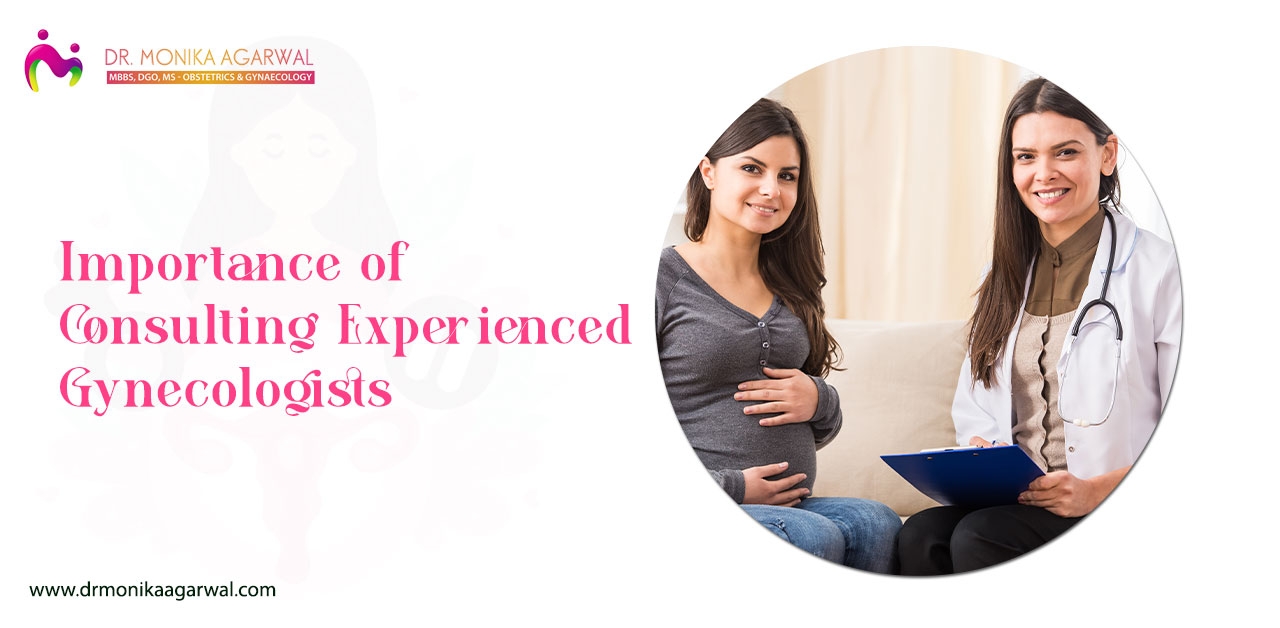Uterine fibroids, namely uterine myoma, are unusual growths in and on your uterus/womb. Many a woman develop this condition in their childbearing years. Fibroids grow slow and are non-cancerous. Larger fibroids may require surgery in combination with medications.
Did you know fibroids may not cause symptoms? That defines you might have this problem behind your sense. These non-cancerous tumours are made up of fibrous connective tissue and muscle cells. Generally, small fibroids may not result in pain or heavy bleeding. But if you experience such abnormal signs, you might consider seeing the best gynaecologist and IVF specialist in Siliguri.

Knowing the Signs of Uterine Fibroids
Symptoms of fibroids may depend upon the size, location, or number. In most cases, women do not feel significant indications.
The following are symptoms of uterine fibroids:
- Pain in your pelvic
- Pain in your lower back
- Increased urination
- Heavy menstrual bleeding during/between periods
- Experiencing blood clots during menstrual cycles
- Painful intercourse
- A feeling of pressure in your lower abdomen
- Difficulty emptying your bladder
- Constipation
What are the Types of Uterine Fibroids?
The types of fibroids have been diversified into;
Intramural Fibroids
These fibroids grow within your muscular uterine wall and are non-cancerous. A pelvic exam helps discover the growth.
Subserosal Fibroids
Serosa, the outer layer of your womb/uterus is where subserosal fibroids develop. Subserosal growths are also non-cancerous.
Submucosal Fibroids
Noncancerous tumours develop in your uterine cavity. Unlike the other two types of fibroids, submucosal growths typically cause prominent problems.
Pedunculated Fibroids
Benign (non-cancerous) fibroids refer to a stalk-like growth in/around your uterus. Pelvic exam and ultrasound are two of the promising diagnostic procedures to rule out pedunculated fibroids.
Understanding the Causes of Uterine Fibroids
Much remains unknown about what exactly causes such fibroids. Findings have included some of the reasons for fibroids that include:
Hormones
Your ovaries produce – estrogen and progesterone – that regenerate the development of the uterine lining during each menstrual cycle that may contribute to the growth of fibroids.
Pregnancy
When you’re pregnant, your chance of getting an increased level of progesterone and estrogen increases. And that might stimulate the advancement of benign fibroids.
Family History
Family history has a role in fibroids development. If your mother, sister, or grandmother has had this reproductive health issue, you might catch that as well.
Are You at Risk of Uterine Fibroids?
Let’s have a closer look at what might double your chance of fibroids:
- Pregnancy
- Heredity
- Women over the age of 30
- Obesity/ excess body weight
- Early-onset periods
- Not having children
- Late menopause
Besides all these risk factors, studies have included Vitamin D deficiency associated with the risk of fibroids growth. Plus, research shows having plenty of fruits, veggies, whole grains, fish can reduce your chance of this problem.
Do You Need Surgical Removal Of Fibroids?
.jpg)
For a healthy diet plan for a healthy pregnancy, you can consult your gynecologist and obstetrician. Uterine fibroids are less likely to disturb your pregnancy. But there’s no surety that these growths won’t affect conceiving.
At the same time, different studies have made submucosal fibroids responsible for pregnancy complications or infertility. It’s always wise to keep in touch with your gynaecologist, if you’re looking forward to conceiving. Seeing the most trusted obstetrician in Siliguri, therefore, can be of immense help.
Your gynaecologist on diagnosis can help ensure the right type of medical care for your wellbeing. Medications aid in regulating the hormonal levels, thereby managing the symptoms. At the same time, moving to a healthy lifestyle can bring you positive outcomes. Moreover, surgery is the last best option for removing large/multiple tumours.





